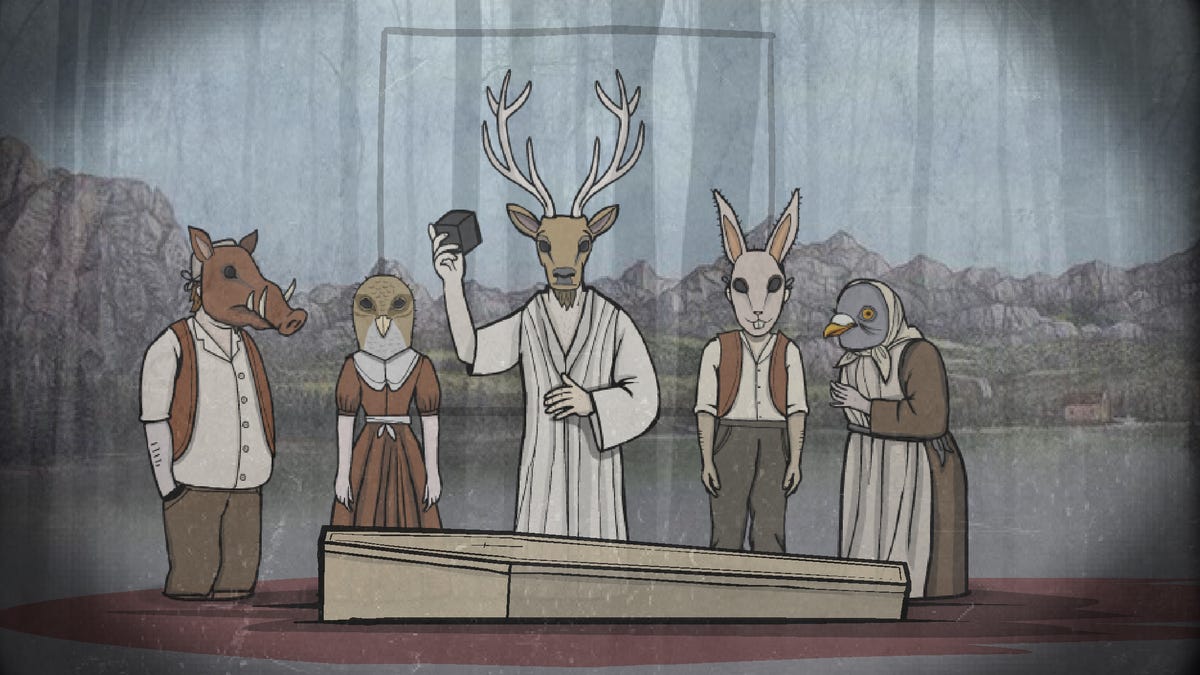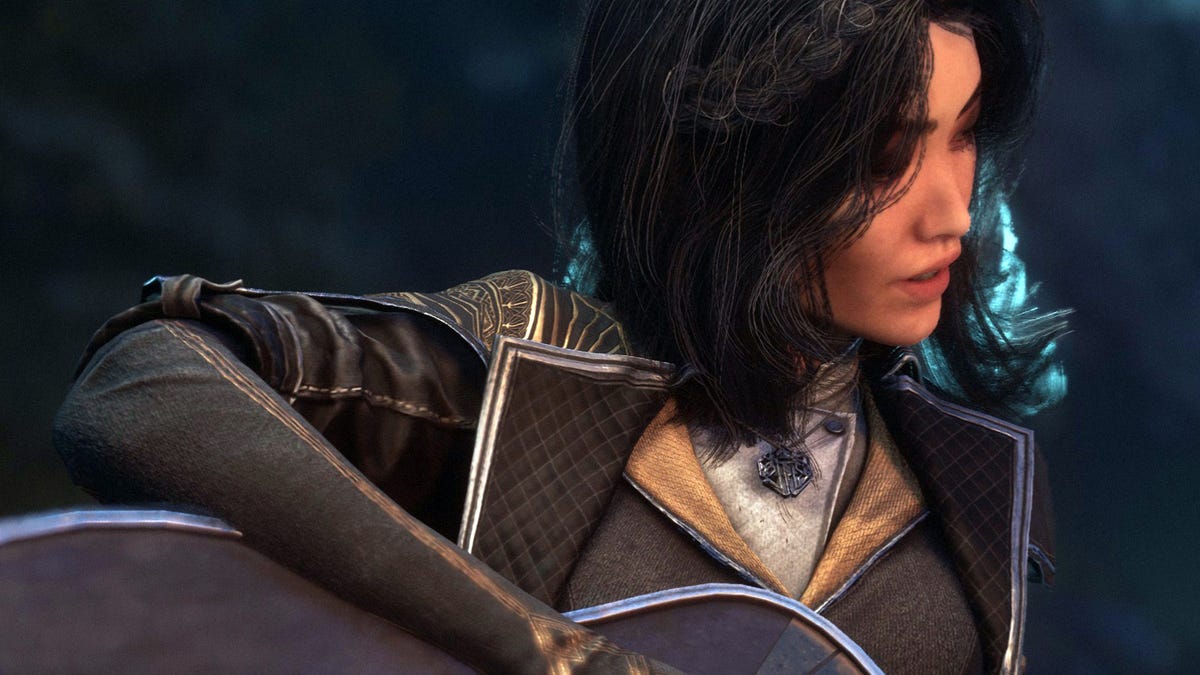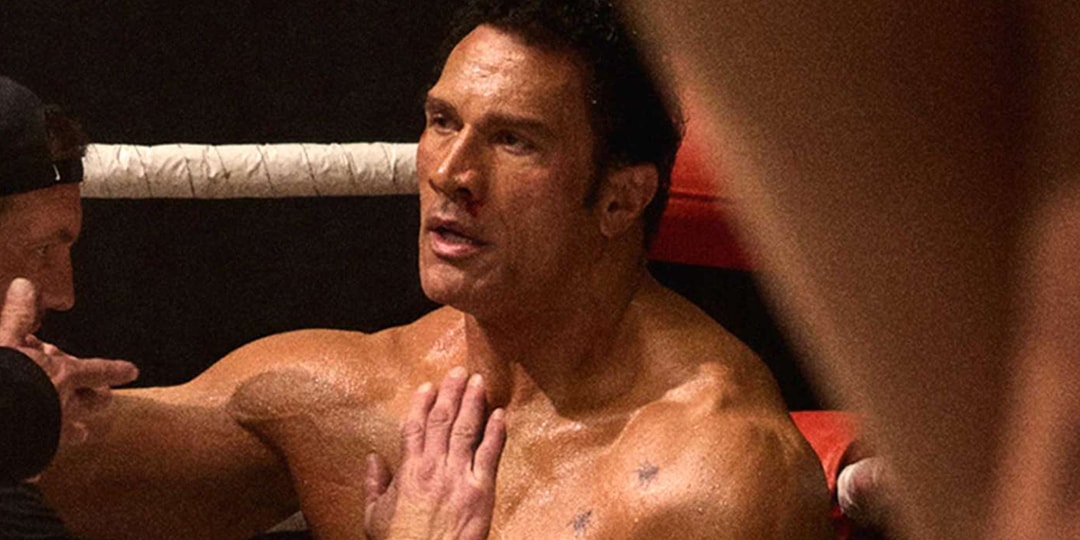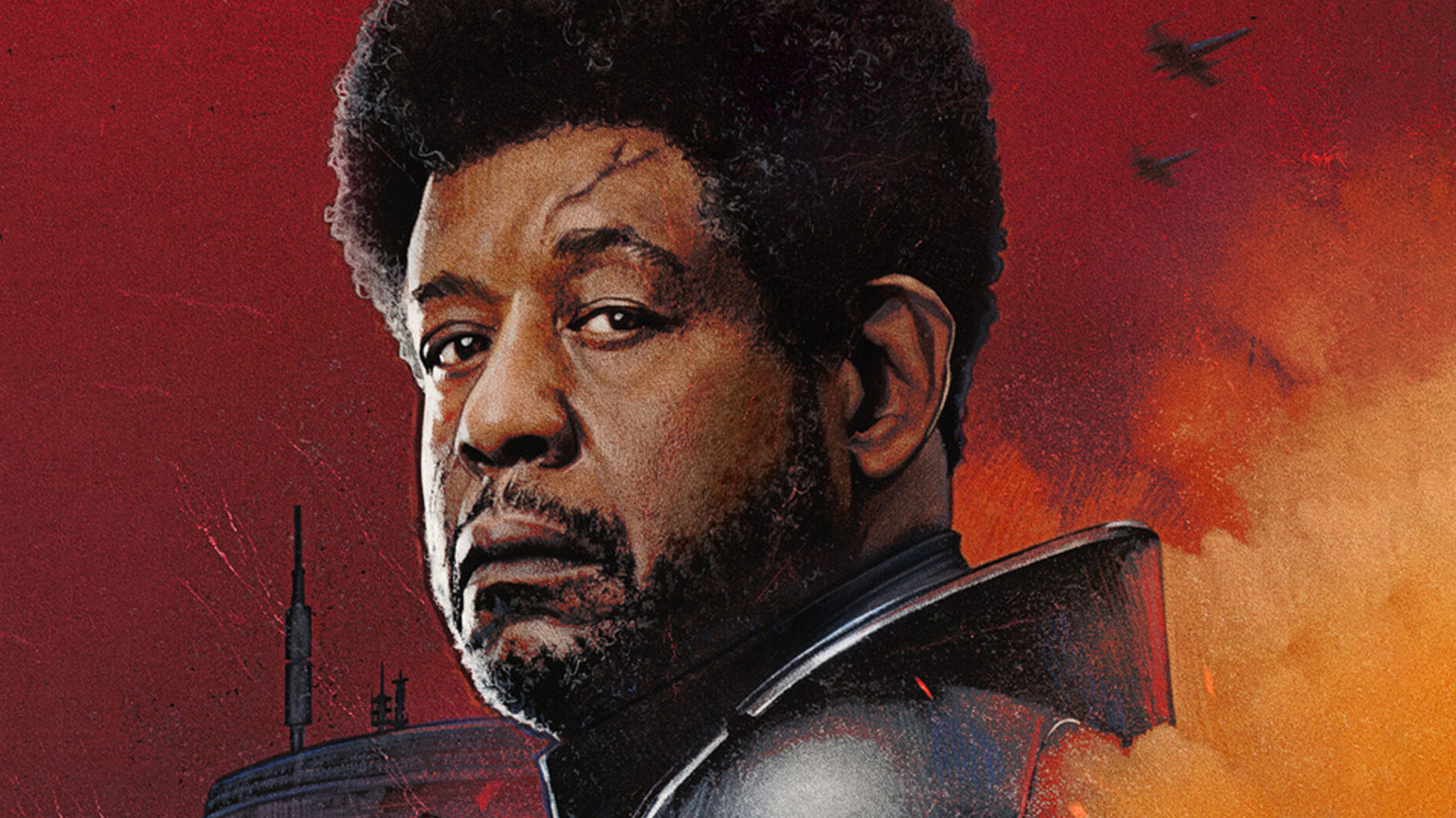Trip Hawkins Discusses the Future of Nintendo and the Video Game Industry

Trip Hawkins, a prominent figure in the video game industry, continues to leave his mark as he voices his insights during a period of significant change. Recently, he shared his thoughts on the upcoming launch of the Nintendo Switch 2, a console that has stirred both excitement and concern among fans who feel its price tag of $449 is excessive. In addition, popular titles such as Mario Kart World are expected to retail at around $80, further fueling discussions about the consoles value.
Hawkins emphasized that the gaming landscape has evolved beyond the traditional demographic. Were not in Kansas anymore, he remarked, pointing out that Nintendos brands resonate with a wide range of age groups. Many of the original players of the Nintendo Entertainment System (NES) are now in their 40s and 50s, raising families of their own. As a brand, Nintendo has cultivated a unique appeal that spans generations. This broad appeal justifies the pricing strategy aimed at families that may find emotional value in bonding over gaming experiences.
In his analysis, Hawkins made an intriguing comparison, noting that the Switch 2 is priced lower than the average iPhone. For parents, especially those on a budget, investing in a Switch 2 could be seen as a worthwhile expenditure that enhances their connection with their children. As he stated, I fully expect Switch 2 to exceed 100 million units sold in its lifetime, just like its predecessor. He pointed out that the Switch 2 would be the fifth Nintendo platform to achieve such sales figures, joining the ranks of the DS, GameBoy, Wii, and the original Switch, all renowned for their family-friendly content. In comparison, Hawkins mentioned that the Steam Deck, which has sold around four million units in the last two years, faces a daunting challenge in competing with Nintendos established presence in the market.
In a recent interview, Hawkins elaborated on his thoughts regarding the gaming industry and the impending launch of the Switch 2. He shared that his ongoing involvement in the industry keeps him attuned to trends and consumer sentiments. I found myself thinking about the launch of the Switch 2 and noticing what people were saying, he explained, which inspired his editorial.
When discussing his complex relationship with Nintendo, Hawkins acknowledged the company's long-standing influence in the industry. Although he expressed some frustration with the business model created by Nintendo, which he feels has negatively impacted the software industry, he holds a deep respect for the companys legacy. They have been around longer than any other video game company, dating back to their card game origins, he noted, marveling at how Nintendo's exclusive titles have consistently drawn loyal fans through generations.
Reflecting on the generational impact of Nintendo, Hawkins remarked, There arent many brands outside of Nintendolike Star Warswhere you can cultivate a lifelong customer. He pointed out that Nintendos offerings have become a familial staple across multiple generations, with many parents now introducing their children to the same games they grew up with. This intergenerational connection is further strengthened by the design of the Switch, which accommodates both solo and family gaming experiences, positioning it as a versatile choice for households.
Despite some criticisms about the rising costs of hardware and software, Hawkins argued that for many families, these prices may be reasonable investments for shared family time. He described the Switchs dualityfunctioning as a mobile device while also providing a robust console experienceas an ideal solution for families looking to engage with gaming together.
Hawkins also commented on the competitive landscape shaped by the rise of smartphones, suggesting that they have largely replaced Nintendo as the primary entry point for young gamers. He acknowledged that smartphones provide an accessible gaming experience, with kids as young as infants quickly learning to navigate these devices. As a result, he emphasized the importance of Nintendo adapting to this shift by capitalizing on their established presence in mobile gaming.
Looking forward, Hawkins believes that Nintendo must remain relevant to younger audiences, who increasingly gravitate towards gaming platforms like Fortnite, Minecraft, and Roblox. These platforms offer expansive, creative environments that cater to the evolving tastes of younger players. He urged Nintendo to consider expanding into open-world creative platforms, similar to Roblox, to capture this market segment.
As for the future, Hawkins suggested that Nintendo's unique collection of exclusive brands, such as Pokmon and Animal Crossing, provides a solid foundation for expansion. He noted that these brands possess the potential to foster creative communities akin to the creator-consumer economies currently thriving in gaming.
In summary, Trip Hawkins encapsulates a wealth of knowledge and experience that is invaluable to understanding the dynamics of the modern gaming landscape. With the Nintendo Switch 2 set to launch on June 5 for $450, the industry watches closely to see how Nintendo will navigate these challenges and continue to thrive amidst fierce competition.

























